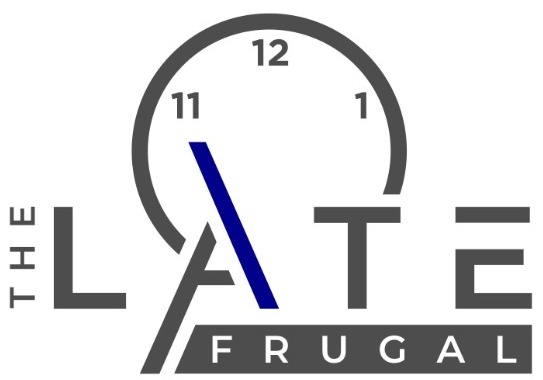One way we live frugally is by driving used cars. It’s important when buying a used car to know how inspect it. A used car that is 3-4 years old is a great way to reduce expenses.
Note this list is not a substitute for having the car checked out by a professional mechanic.
Questions for the Seller:
-Look at the title to ensure it’s a clean title, and not a “salvage” title. Do NOT buy a car that says “salvage” on the title.
-Why are you selling car?
-What is wrong with car?
-Do you have maintenance records or logs? .
-Get Carfax
-Is the title in the owner’s name?
-Is the owner the original owner?
-Was the car ever in an accident?
Before you test drive it:
-Look in the tail pipe to see if there are huge oil deposits indicating the vehicle has been burning oil.
-Check the tires for even wear. Look for uneven or misaligned body panels indicating body work after an accident.
-Put your body weight on each corner of car then release it. Does car bounce excessively? That may be an indication the car has bad/deteriorating shocks or a problem with the suspension.
-Pull top and sides of tires out with your hands. If it moves then you may have tie rod or suspension issues.
-Use a magnet to look for bondo indicating body work has been done on the car. A magnet will not stick to bondo.
Inside Car:
-Operate the radio, wipers, windshield sprayer(s), and all fan speeds for the heat and air conditioning.
-Does the flashers work?
-Does the emergency signal turn on all four flashers?
-Confirm headlights work in low and high.
-Verify all door lock and unlock with key fob and driver’s door switches.
-Verify all windows open and close from drivers switches.
-Verify all seat belts are present and are operational.
-Verify the daytime running lights work. (If it has them)
-Verify the seats can be adjusted and the seats can be moved back and forward.
-Verify every door handle inside and out actually opens the door.
-Put the car in neutral on flat pavement. Activate the parking brake. Give the car a gentle push to confirm the parking brake works properly.
-Verify the horn works.
-Using your car phone charger, verify all cigarette lighters work.
-Look at the floor boards. Is there water or flood damage?
Under Hood:
-While wearing leather gloves and when the engine is cold, open the radiator to verify fluid level. Note: if the engine is not cold you could get burned very badly. Make sure the engine is cold.
-Verify brake fluid reservoir is full. If not, look for leaks.
-Verify the engine compartment has no trace of oil or coolant.
-Look at engine oil. The oil should be slightly dirty.
-Look under car at engine and transmission for leaks. Beware if it appears to have been wiped clean.
-Look at the radiator overflow. It should be above the mark, otherwise you may have a leak. Verify motor oil isn’t in overflow. If it is below the mark, look for coolant leaks.
Start Car:
-Listen to car when it’s shifted to drive. If you hear a “clunk”, that may indicate a drive shaft or trans problem.
-Start the car & give it some gas. Look in the mirror for black smoke, which indicates oil burning. If it is white, it could be a blown head gasket.
-With the car idling, listen for excess noise, such as pings and ticks.

Road Test:
-Shift the car to drive and press on the accelerator slowly. Does the car immediately start to go forward or does the engine have to rev a bit before moving? That could indicate a slipping transmission.
-Does car immediately turn over and start right away?
-Take the odometer reading.
-Take the car for a drive for five miles up to 60 mph. Stop the car and pop the hood. Look for leaks in the engine compartment or under the car.
-While driving, be aware of any shake or vibration in the steering wheel, which indicates problem.
-Verify the odometer moved five miles after test drive.
-With the windows down to listen for break noise, make sure the brakes don’t grind. If it does, this could point to brake problems. Also, hit the breaks and verify the car does not sway or serve.
-Get on an open road or freeway and set the cruise control to verify it works properly.
Final talk with owner:
If you find a few things wrong with the car, and feel those items are not a deal breaker, ask the owner if they are interested in fixing those items or reducing the price, if you’re willing to get it fixed. Use the problems you’ve found in your price negotiation.


